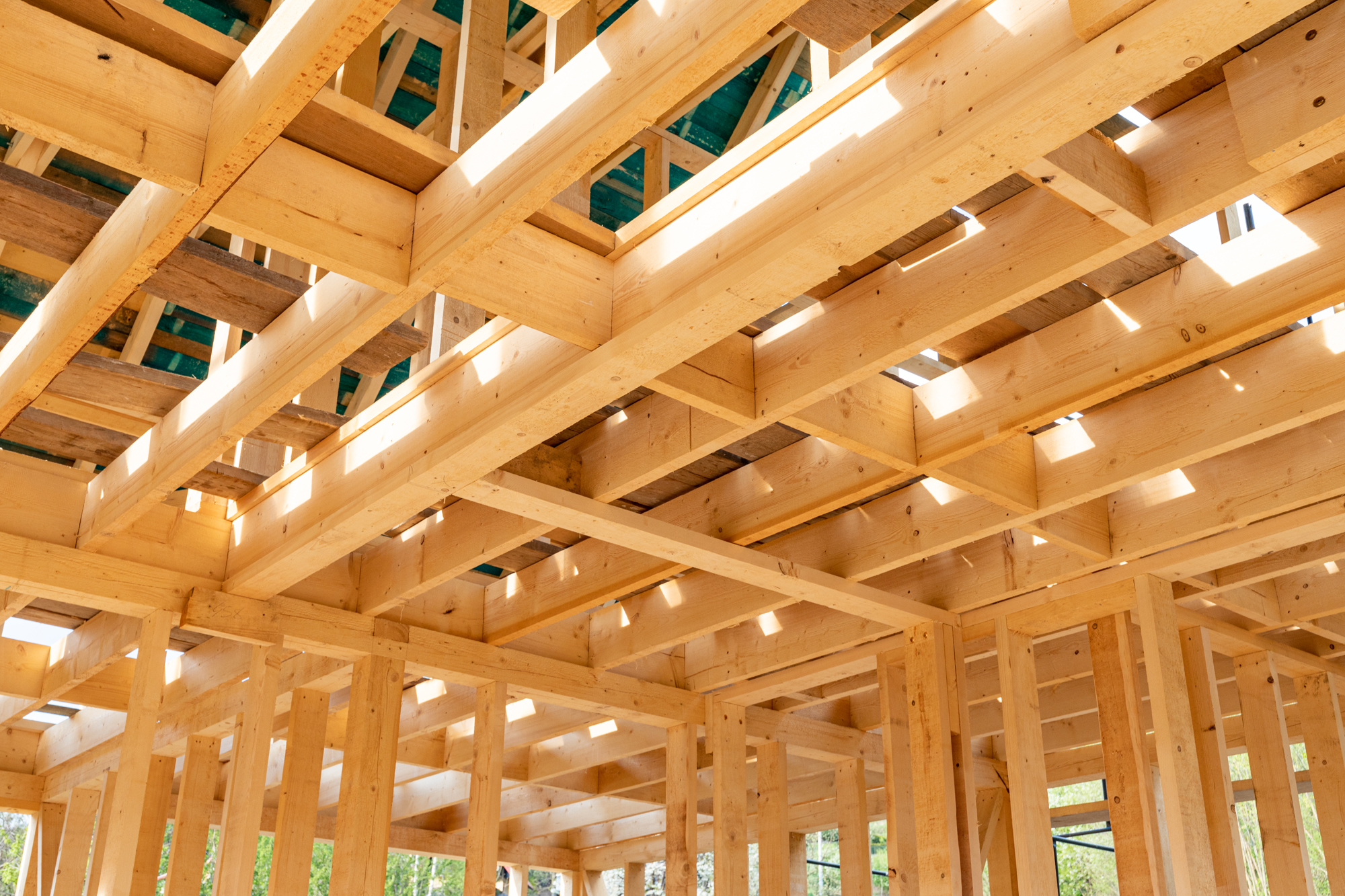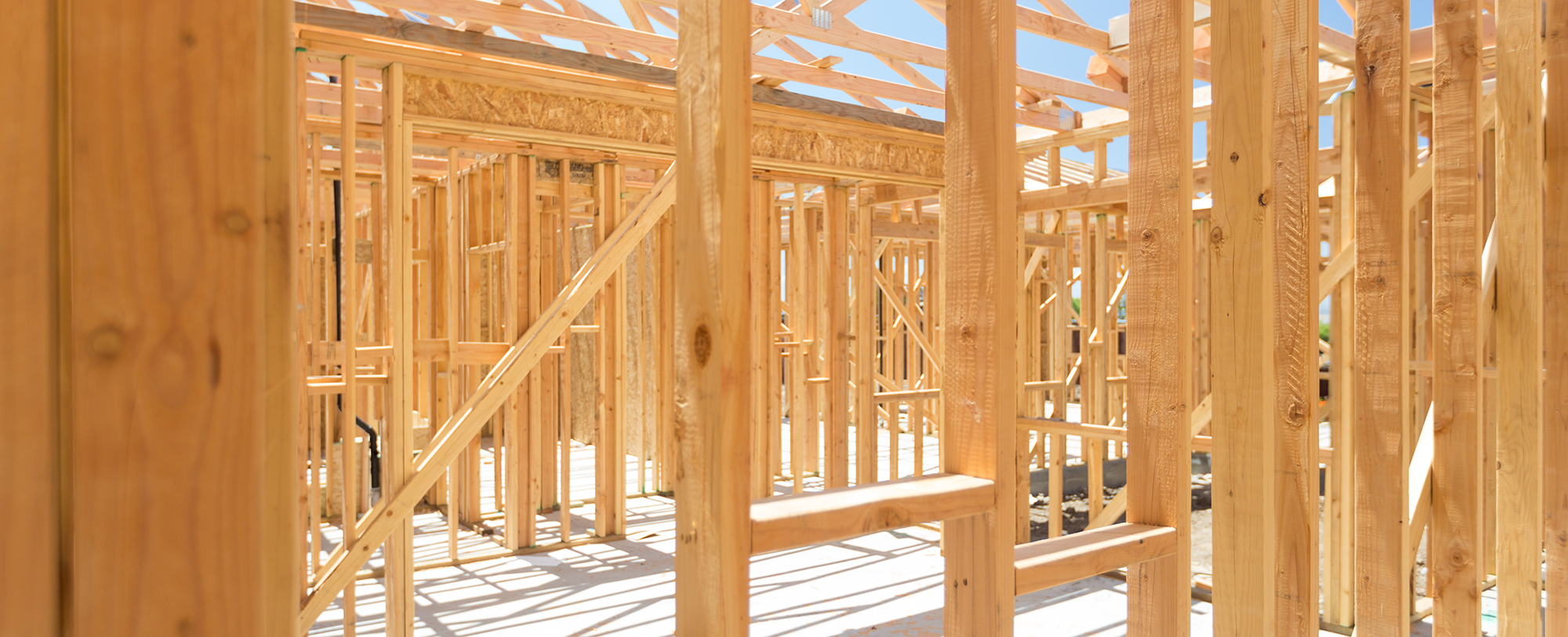
- GSE Features
Vibration of sawn lumber joists
TECHNICAL FEATURE // GSE SOFTWARE: Vibration of sawn lumber joists
Using the automatically generated joists, the resistance and vibration limit states are calculated for each floor. The resistance of sawn lumber joists are verified for the CSA O86 and National Design Specification (NDS) standards. For the vibration limit state, the maximum allowable span is calculated using the NBCC provisions.
With this function, users can generate and efficiently verify and design sawn lumber joists.
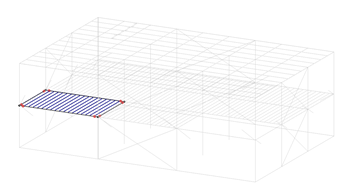
To simplify the user inputs, the sawn wood members design parameters have been automatically applied and simplified in accordance with floor typical uses. Hence, the floor ultimate limit states are quickly calculated. The bending, shear, bearing and deflection limit states are calculated.
As per the NBCC, the vibration service limit state of floors are determined by their spans. The NBCC provides a set of equations to calculate the maximum allowable span for the joists. The main equations are presented below:
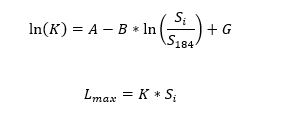

GSE Software
The General Structural Engineering (GSE) software is a fully integrated analysis and design software for structural engineering. The software accounts for steel, cold-formed steel, concrete, automated slab design, timber, light frame wood and aluminum.
GSE TIMBER
- Explore the GSE TIMBER SOFTWARE
Subscribe to our technical newsletter
Related Posts

Variable anchorage slip in wood shearwalls
To enhance productivity of GSE Timber software’ users, the Anchorage Elongation Method can be defined as variable (tension only) and variable (tension and compression). The anchorage slip is calculated at each iteration according to the tension efforts at the anchorage locations.
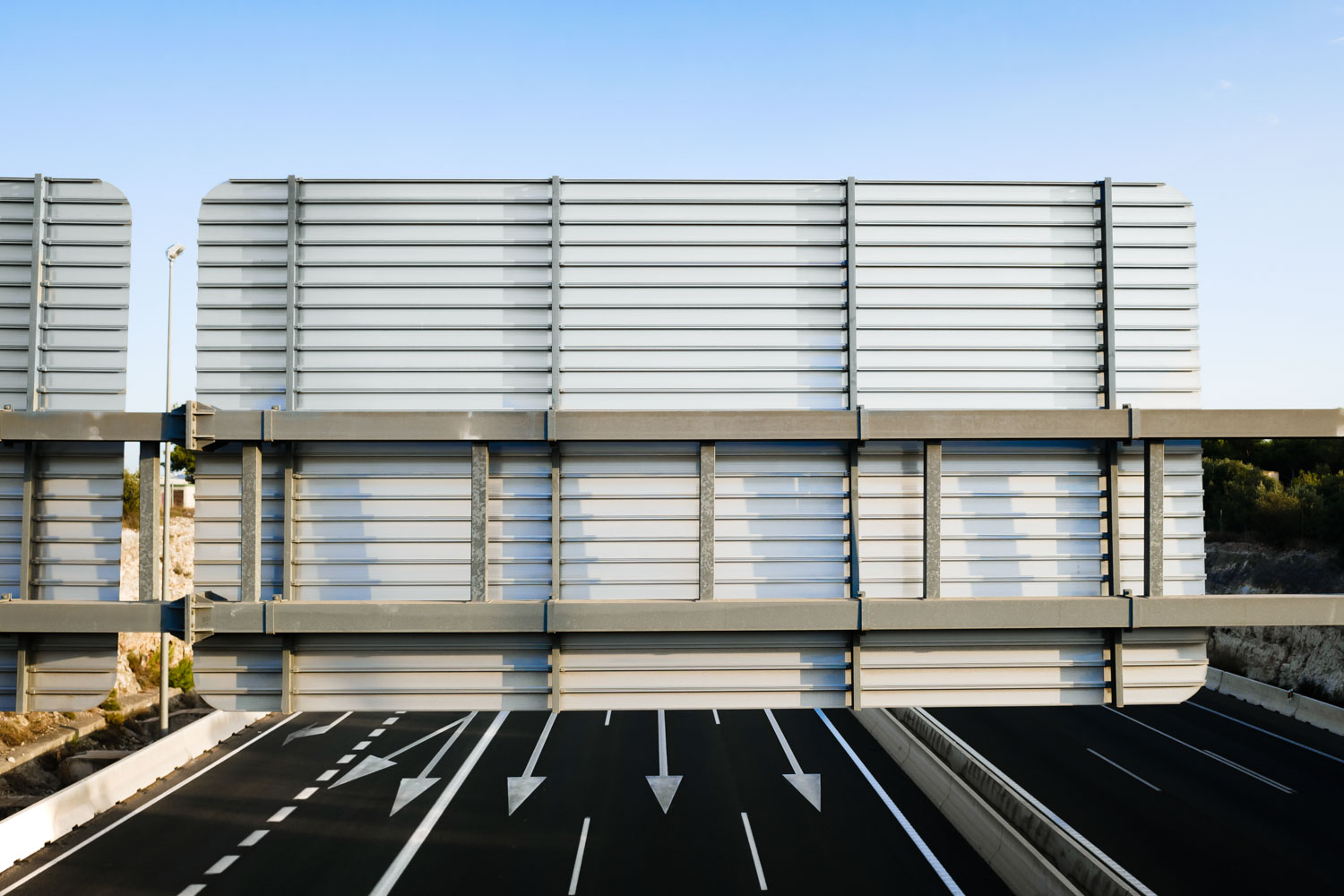
Fatigue limit state
HSE users can efficiently set and edit all required fatigue parameters for the structure allowing to consider all applicable fatigue loads such as Galloping, Natural Wind Gust, or Truck-Induced Gust.

Live load reduction
The live load reduction is available for the GSE steel, concrete, aluminum, and wood modules. The live load reduction will be applied to the columns of the structure.
Live loads can be automatically reduced according to the selected method. The software computes the live load reduction factor (LLRF) that will reduce the effective axial compression force in columns.
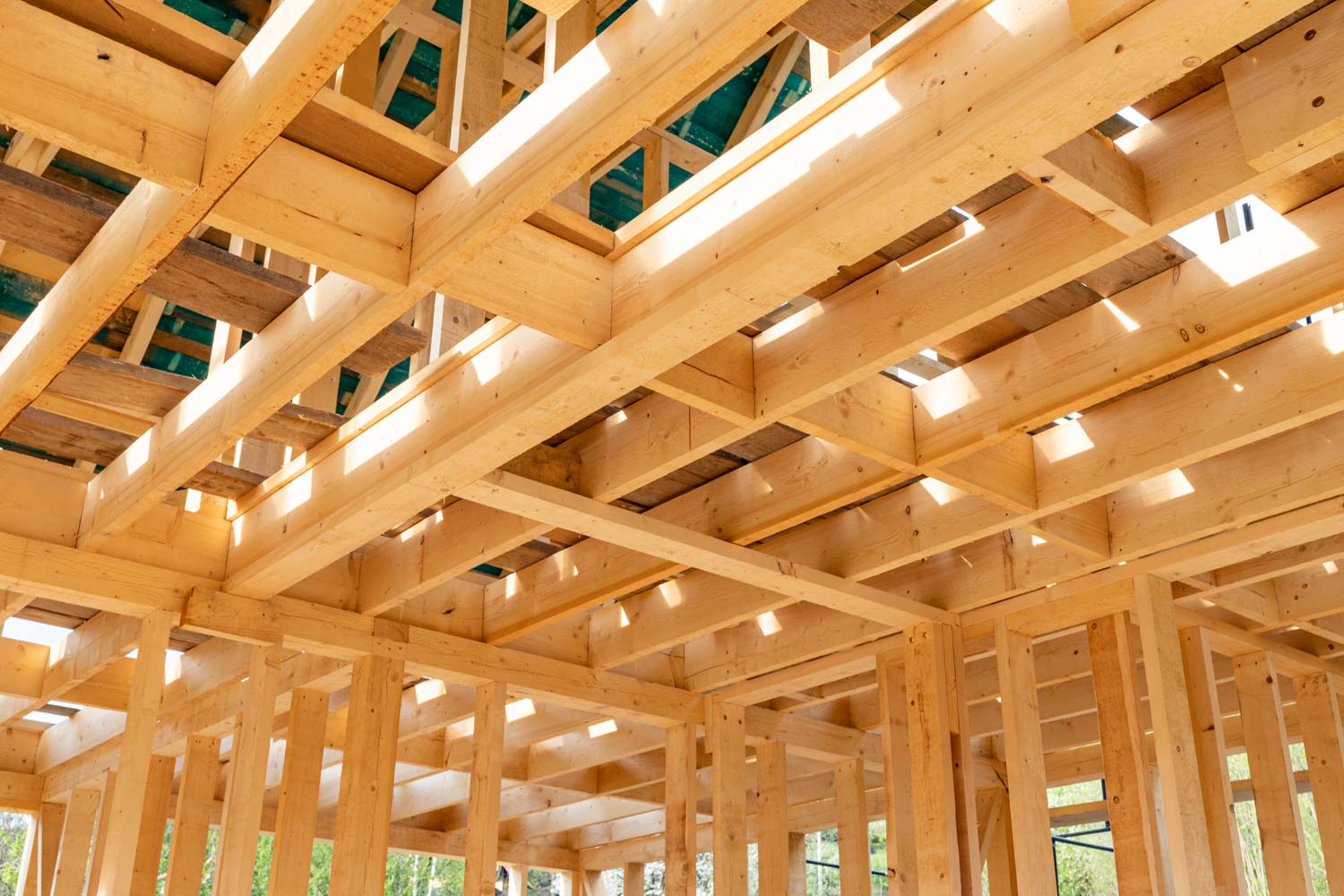
Fire resistance of wood elements
The resistance limit states, under fire conditions, are calculated for large cross-section wood elements. To improve the productivity of GSE users, the elements cross-sections are automatically reduced during the limit state checks.
